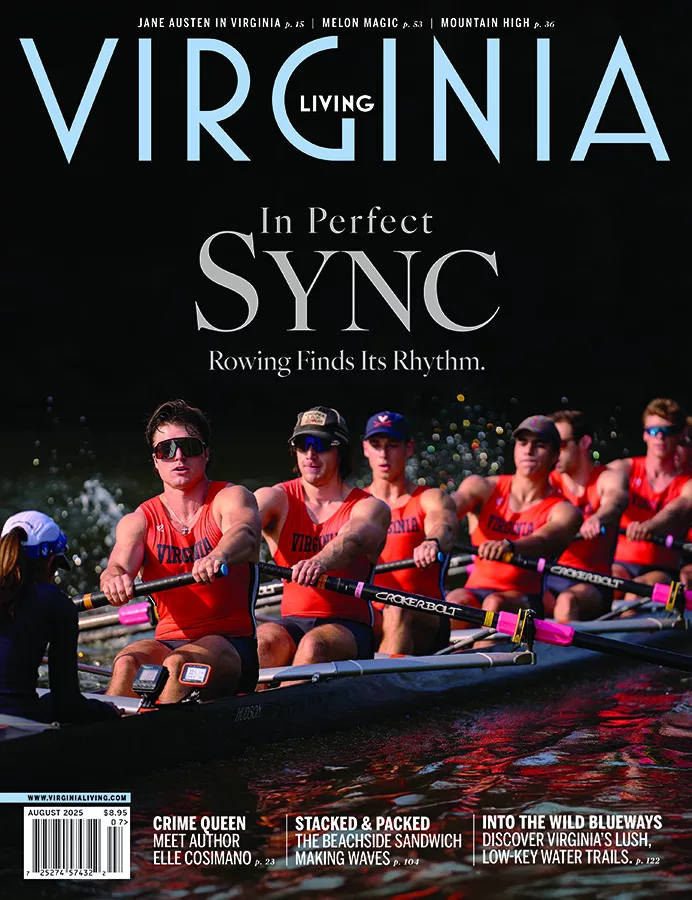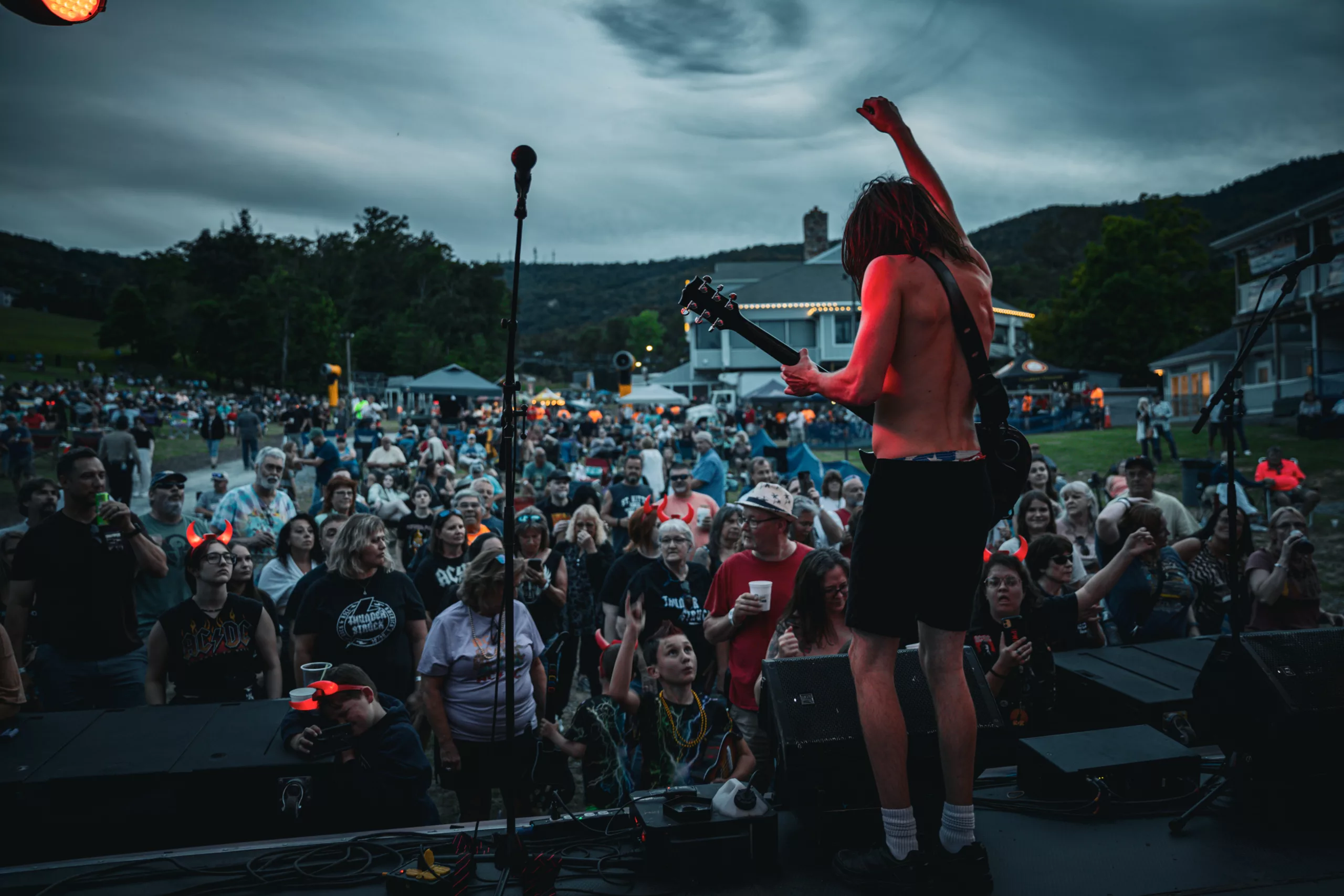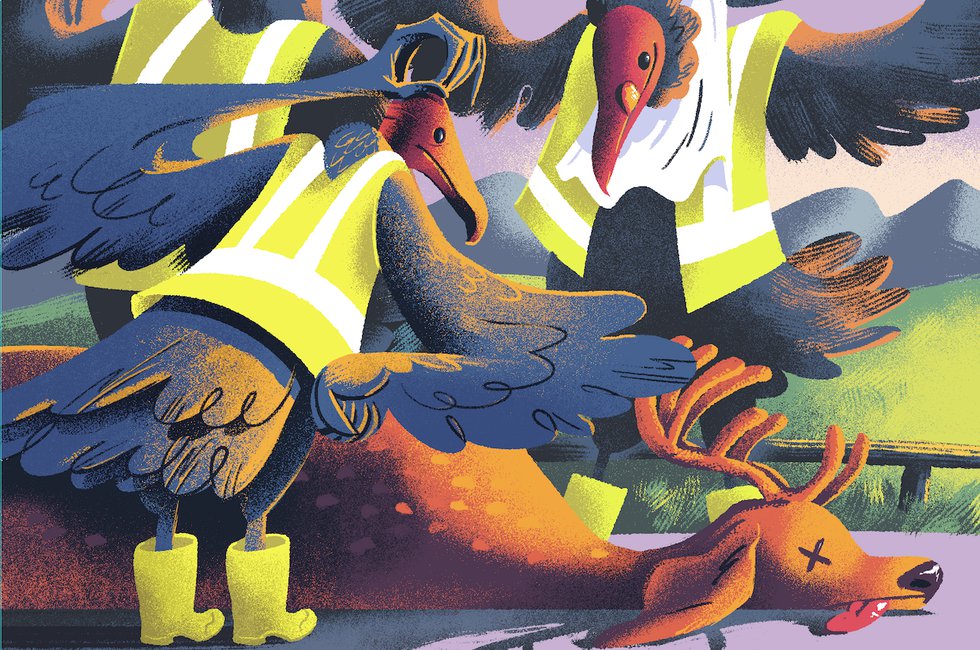Costumes are to Colonial Williamsburg what coffee is to Starbucks. Now visitors can see what goes on in the CW Costume Design Center, where 144 types of garments are designed and maintained. Hint: no zippers.

My Stays Are Tight – Feature

My Stays Are Tight – 6
Actress Mamie Gummer (Meryl Streep’s daughter) in period gown. Gummer starred as Lady Dunmore in “Lady Dunmore Prepares for the Ball,” part of The Colonial Williamsburg Foundation’s new artist-in-residence program.

My Stays Are Tight – 4
A variety of period hats created by the Colonial Williamsburg Costume Design Center

My Stays Are Tight – 3
Costumed interpreters showing off their colonial fashions

My Stays Are Tight – 2
Costumed Colonial Williamsburg interpreters
After a certain October day in 1934, when six hostesses resplendent in colonial-era gowns greeted then-president Franklin D. Roosevelt on his visit to Colonial Williamsburg, there was no turning back—except the turning back of hems, and plenty of them. From then on, all hostesses were required to be costumed. And all waiters, coachmen, jailers and others, too. This ambitious undertaking would soon create the largest museum costume design and production concern in the nation.
For the 75 years since then, Colonial Williamsburg’s Costume Design Center has outfitted most of the interpreters in the Historic Area. These days, 53 employees work to design and maintain 144 different types of garments, from underwear to outerwear for both genders and all strata of colonial society. Women need gowns, petticoats, caps, aprons, riding habits; men require shirts, cravats, breeches and trousers, spat, hats. In the Historic Area, there are 1,200 different interpretive roles that need costumes.
This spring, the Costume Design Center played a central part in the launch of CW’s new artist-in-residence program, tailoring period gowns and creating footwear for actress Mamie Gummer, Colonial Williamsburg’s first artist in residence. In early May, Gummer appeared in a new Revolutionary Story scene, Williamsburg’s daily interactive “street theater,” in two performances of Lady Dunmore Prepares for the Ball. It was a perfect opportunity for the center to showcase the lengths to which its staff—including tailors, cutter-fitters, even R&D people—go to ensure authenticity. No zippers. No synthetic fibers (unless the wearer of the intended costume is allergic).
And now, the public can see firsthand how they do it. The center is open for behind-the-scenes tours every Thursday at 3:30 p.m. through October 14, free with any Historic Area pass or Good Neighbor pass.
Now, where is my waistcoat? History.org








